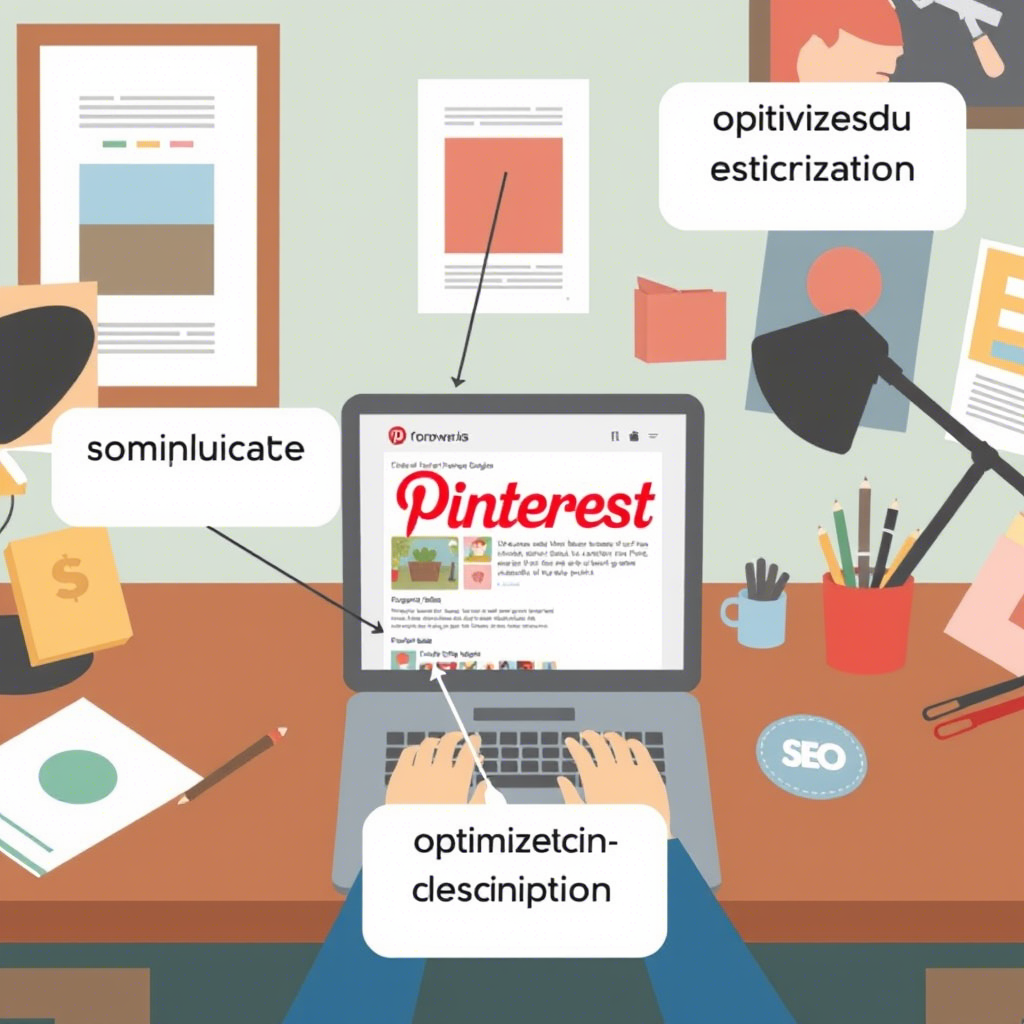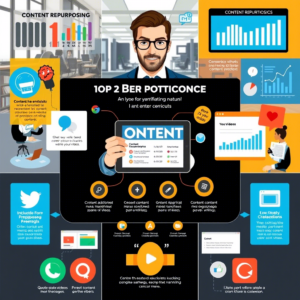Imagine waking up one morning and finding thousands of new visitors on your website — all from a platform you barely use. Sounds too good to be true? For many creators, bloggers, and entrepreneurs, this is exactly what happens when they finally tap into the power of Pinterest SEO .
With over 465 million monthly active users , Pinterest isn’t just a place for DIY ideas and dream boards. It’s a powerful search engine in disguise — and if you’re not optimizing your content for it, you’re missing out on a goldmine of organic traffic. Whether you’re running a food blog, a fashion brand, or a self-help channel, learning how to optimize your Pins for discovery can significantly boost your reach and engagement.
In this article, we’ll walk through proven strategies to improve your Pinterest SEO , from keyword research to visual storytelling. You’ll discover how small tweaks can lead to big results, and why Pinterest should be a core part of your digital marketing strategy. Let’s dive in!
1. Understand How Pinterest Search Works
Before diving into optimization tactics, it’s important to understand how Pinterest actually works as a search engine . Unlike Google, which indexes web pages, Pinterest indexes individual Pins . That means each Pin you create has its own chance to rank in search results — and drive traffic back to your site.
Pinterest uses machine learning to match user intent with relevant content. When someone types a query like “easy dinner recipes” or “minimalist living room ideas,” Pinterest scours millions of Pins to find those that best match the search terms, visual style, and user behavior patterns.
This is great news because it means you don’t need a huge following to get discovered — your content can go viral based purely on relevance and quality. However, to take advantage of this, you must make sure your Pins are optimized so Pinterest understands what they’re about and who they’re for.
So, where do you start? The first step is doing some solid keyword research tailored specifically for Pinterest.
2. Master Pinterest Keyword Research
Just like with Google, keywords are the foundation of Pinterest SEO. But Pinterest keywords often differ from those used on other platforms. Why? Because people come to Pinterest looking for inspiration, ideas, and solutions — not just information.
To find the right keywords:
- Use tools like Pinterest’s own search bar (type a word and see suggestions),
- Try third-party tools like Tubebuddy, Tailwind, or SEMrush ,
- Analyze top-performing Pins in your niche.
Look for long-tail keywords — specific phrases like “healthy vegan dinner ideas for beginners” instead of just “dinner.” These tend to have less competition and higher conversion rates because they target users with clear intent.
Once you’ve compiled a list of relevant keywords, integrate them naturally into your:
- Pin titles
- Descriptions
- Board names
- Image text overlays
But remember: keyword stuffing doesn’t work here. Pinterest rewards clarity, relevance, and value — not spammy tactics.
Let’s move on to how you can make your Pins more engaging — and searchable — with smart visuals.
3. Create Eye-Catching Visuals That Stand Out
Pinterest is a highly visual platform, and your thumbnail image plays a massive role in whether your Pin gets noticed. Think of your Pin as a mini-ad — if it doesn’t grab attention within seconds, it won’t get clicked.
Here are some key tips for designing effective Pinterest visuals:
- Use vertical images : Pinterest favors tall, vertical formats (ideally 2:3 ratio).
- Add text overlays : Clearly show what the Pin is about (e.g., “5-Minute Smoothie Recipes”).
- Stick to brand colors : Consistency builds recognition.
- Avoid clutter : Clean designs perform better than busy ones.
- Use high-quality photos or graphics : Blurry or low-res images turn users off.
If you’re not a designer, no worries! Tools like Canva, Adobe Express, or even free AI image generators can help you create professional-looking visuals in minutes.
Also, consider using video Pins . They tend to get more engagement and often appear higher in search results.
Now that your visuals are on point, let’s talk about how to structure your Pin descriptions for maximum impact.
4. Write Compelling Descriptions That Rank and Convert
Your Pin description is where the magic happens. It tells both Pinterest and users what your content is about — and why they should care.
Here’s a breakdown of what to include:
- Primary keyword early in the title : Make it clear and compelling.
- Benefit-driven language : Focus on what the user gains (e.g., “Learn how to meal prep in under 30 mins!”).
- Call-to-action (CTA) : Encourage clicks (“See the full tutorial,” “Get the recipe,” etc.).
- Link to your content : Always include a direct link to your blog post or landing page.
- Hashtags : Use 2–5 relevant hashtags to increase visibility.
Don’t forget to write a longer description below the main title. This gives Pinterest more context to index your content accurately.
Also, avoid generic descriptions like “Check this out!” or “Great idea!” Instead, be specific and helpful. Pinterest rewards informative and actionable content.
Let’s now explore how organizing your content into boards can further enhance your SEO performance.
5. Organize Your Content with Strategic Boards
Your Pinterest boards act like folders that group related content together. From an SEO standpoint, well-organized boards help Pinterest understand your overall niche and improve your chances of being recommended.
Here’s how to optimize your boards:
- Use keyword-rich board titles and descriptions : Just like with Pins, these help with indexing.
- Keep boards focused : Don’t mix topics. A board titled “Healthy Dinners” should only include dinner-related content.
- Update regularly : Fresh content signals to Pinterest that your profile is active.
- Make boards public : Private boards won’t show up in search results.
- Repin strategically : Share others’ content to grow your visibility and build relationships in your niche.
Another tip? Create seasonal or trending boards . For example, a holiday gift guide board will naturally attract more searches during November and December.
When your boards are optimized, they become long-term traffic drivers — sometimes even years after you created them.
Conclusion: Start Optimizing Today and Watch Your Traffic Grow
Pinterest SEO might seem like a mystery at first, but once you break it down, it’s really about making your content easy to find and irresistible to click . From keyword research to visual design, every element plays a role in helping your Pins stand out in a sea of content.
By taking the time to optimize your Pins, you’re not just improving your presence on Pinterest — you’re opening the door to consistent, organic traffic that keeps giving long after you hit publish.
So, what’s next?
Start by auditing your existing Pins. Are your titles clear? Do your images pop? Is your content organized into meaningful boards?
Then, pick one or two areas to improve this week — maybe try updating your board descriptions or creating a few fresh, keyword-rich Pins.
And most importantly, stay consistent . Pinterest rewards those who keep showing up with valuable content.
Ready to level up your Pinterest game? Drop a comment below with your biggest takeaway — or share this post with someone who needs a Pinterest SEO boost!




